Product pictures
| Amount Per 0.333333 cup | |||
| Calories | 280 Kcal (1172 kJ) | ||
| Calories from fat | 162 Kcal | ||
| % Daily Value* | |||
| Total Fat | 18g | 28% | |
|---|---|---|---|
| Saturated Fat | 3.5g | 18% | |
| Sodium | 70mg | 3% | |
| Total Carbs | 21g | 7% | |
| Sugars | 16g | 64% | |
| Dietary Fiber | 3g | 12% | |
| Protein | 9g | 18% | |
| Iron | 1.5mg | 8% | |
| Calcium | 60mg | 6% | |
* Percent Daily Values are based on a 2000 calorie diet. Your daily values may be higher or lower depending on your calorie needs.
Find out how many calories should you eat.
Ingredients And Nutrition Overview
Best
choice Good
choice Poor
choice Avoid
it!
choice Good
choice Poor
choice Avoid
it!
-
WeightWatchers Points: 6.5, PointsPlus: 7, SmartPoints: 11
WeightWatchers Points are estimated by carbohydrates, fats, protein and fiber in product. They are not an affirmation of better quality or nutritional value of the product or its manufacturer. Only way to count for dieters. Less points are better.
Read more at Weight watchers diet review -
2.5 tsp of sugars per serving
This includes both naturally occurring and added sugars. According to the USDA, every man woman and child in the US consumes approximately 80 pounds of caloric sweeteners per year! That works out to 25 tsp of sugars per day, or 400 extra calories!
-
Contains controversial artificial colors
Once upon a time, there were no food colorings. Then folks figured out that food looks better and sells more when it can be enlivened through dyes. For most of food history, the dyes were from natural sources – beet juice for red, turmeric for yellow,etc… However, in the quest to increase color intensity and lower manufacturing costs, cheap artificial dyes were introduced to market. Unfortunately they pose a risk for hyperactivity in children, cancer, and allergic reactions. ----------- Sources: Feingold BF. Hyperkinesis and learning disabilities linked to artificial food flavors and colors. Am J Nurs 1975; 75-5: 797-803. Harley JP, Matthews CG, Eichman P. Synthetic Food Colors and Hyperactivity in Children: A double-blind challenge experiment. Pediatrics 1978; 62: 975-983. Kobylewski S, Jacobson M. Toxicology of food dyes. Int J Occup Env Heal 2012; 18-3: 220-246. McCann D, Barrett A, Cooper A, Crumpler D, Dalen L, Grimshaw K, Kitchin E, Lok K, Porteous L, Prince E, Sonuga-Garke E, OWarner J, Stevenson J. Food additives and hyperactive behavior in 3-year-old and 8/9-year-old children in the community: a randomized, double-blinded, placebo-controlled trial. Lancet 2007; 370: 1560-67. Schab DW, Trinh NT. Do artificial food colors promote hyperactivity in children with hyperactive syndromes? A meta-analysis of double-blind placebo-controlled trials. J Dev Behav Pediatr 2004; 25: 423-434. Sonuga-Barke EJS, Hollis C, Brandeis D, Konofal E, Cortese S, Lecendreux M, Daley D, Wong I, Ferrin M, Sergeant J, Holtmann M, Stevenson J, Danckaerts M, Van Der Oord S, Dopfner M, Dittmann R, Simonoff E, Zuddas A, Banaschewski T, Buitelaar J, Coghill D. Nonharmacological interventions for ADHA: Systematic review and meta-analyses of randomized controlled trials of dietary and psychological treatments. Am J Psychiatry 2013; 170-3: 275-289. Stevens LJ, Kuczek T, Burgess JR, Hurt E, Arnold LE. Dietary sensitivities and ADHD symptoms: Thirty-five years of research. Clin Pediatr 2011; 50:279-293. Williams JI, Cram DM, Tausig FT, Webster E. Relative effects of drugs and diet on hyperactive behaviors: An experimental study. Pediatrics 1978; 61-6: 811-817.
-
For dieters: FoodPoints value is 4
* FoodPoints are calculated by Fooducate based on fats, carbs, fiber, and protein. They are not an endorsement or approval of the product or its manufacturer. The fewer points - the better.
-
Highly Processed!
This product is highly processed. If you'll take a look at its ingredient list, you'll discover new words to add to your vocabulary. Many of theses ingredients are required to increase the shelf life of the product and improve the flavor that disappears when food is not fresh.
-
Why do raisins have different colors?
Raisins are processed in one of two ways: 1. The dark raisins are sun-dried on paper in the field or even dried on the vine. 2. The light raisins are picked, washed, set on racks and dried using hot air and sulfur dioxide. Which to choose? Some people are sensitive to sulfites and avoid them, thus darker raisins would be a better choice. However, because they are more preserved, the light, sulfured raisins retain more antioxidants. Bottom line: Raisins are a good natural sweetener to add to your foods, choose what best suits you.
-
Contains artificial flavors. Learn why
Companies add artificial flavors to products to make them taste better. They are created in a lab and the formulations are guarded as trade secrets. Flavorings can compensate for flavor loss during processing, substitute for ingredients, lower production costs and increase shelf stability. Artificial flavorings are cheaper to source than natural flavors and are perceived as "worse" than natural flavors. They are more stable (and usually less chemically complex) than natural flavors. Artificial flavors are not necessarily bad for you from a health perspective. however, people with food sensitivities or allergies may want to avoid artificial flavors if they are unnamed. You can always contact the manufacturer for more information.
-
Learn about healthy almonds
Although almonds are not low in fat, most of the fat is the healthy kind - unsaturated. A single ounce of almonds has 6 grams of protein. Almonds are a good source of vitamin E, magnesium, and manganese.
-
Learn about soy lecithin, found here
Lecithins are oily substances that occur naturally in plants (soybeans) and animals (egg yolks). Soy lecithin possesses emulsification properties. This means it can keep a candy bar “together” by making sure that the cocoa and the cocoa butter don’t separate. It is also used in bakery items to keep the dough from sticking and to improve its ability to rise.
You Might Also Like
% RDI of Main Nutrition Facts
14%
of RDI* (280 calories) 249 g
-
Cal: 14 %
-
Fat: 27.7 %
-
Carb: 7 %
-
Prot: 18 %
-
0%25%75%RDI norm*
Calories Breakdown
- Carbs (29.8%)
- Fat (57.4%)
- Protein (12.8%)
Get Your Recipe of Health!
Follow RecipeOfHealth on Facebook!

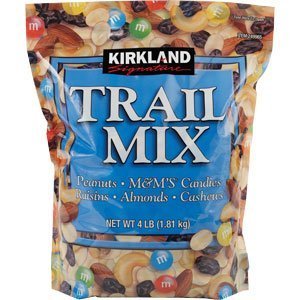
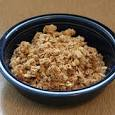
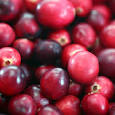
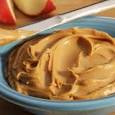
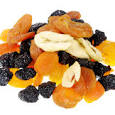
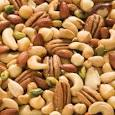
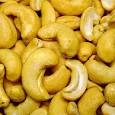

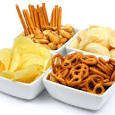
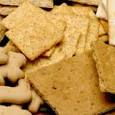
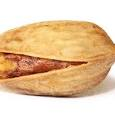
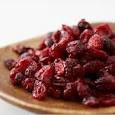
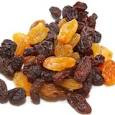
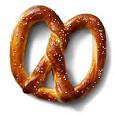
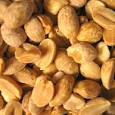

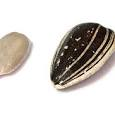
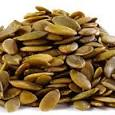
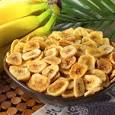


















Add your comment